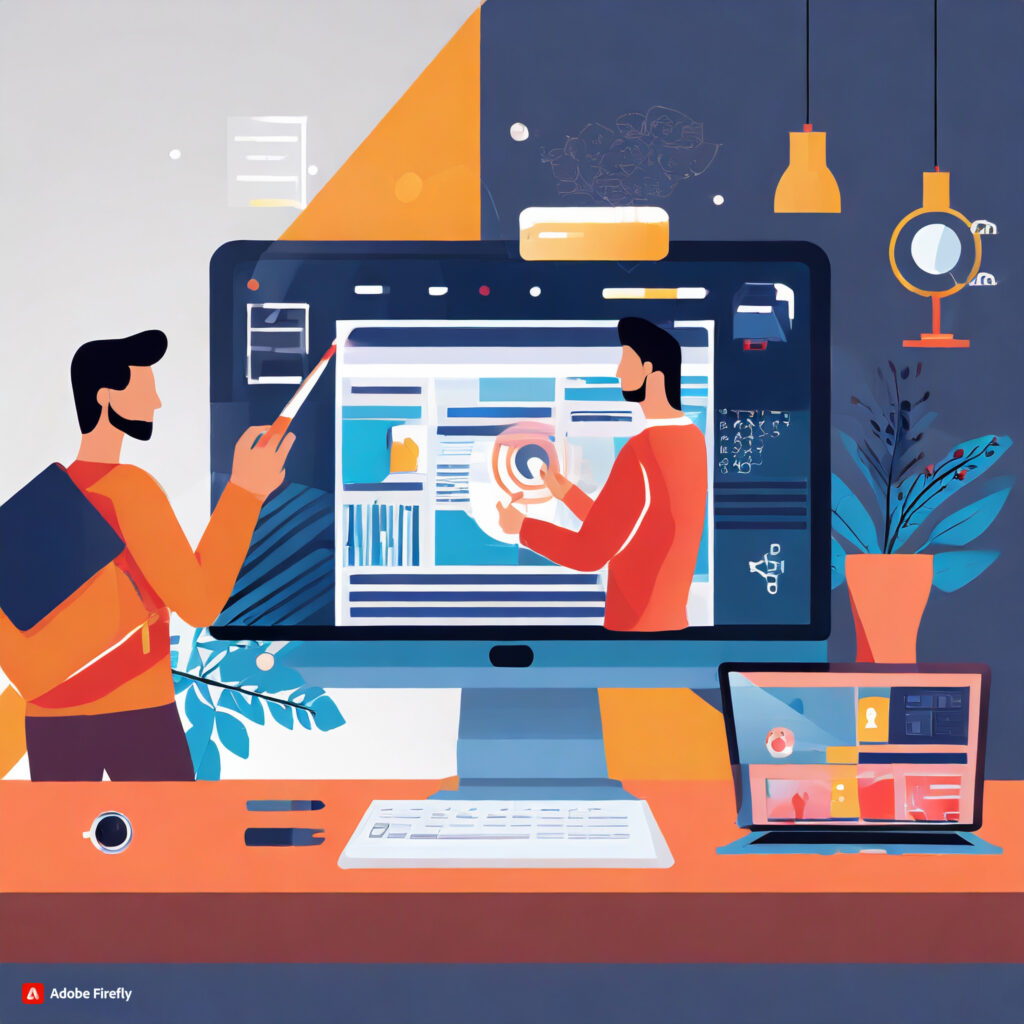Technology
Sunday November 19, 2023 by Admin
Home
News
Empower Your Web Creations with Gutenberg: The Dynamic WordPress Editor

Here are some features and enhancements that were present or in development:
- Gutenberg Block Patterns:
- Block Patterns were introduced to make it easier for users to create complex layouts by combining multiple blocks. These predefined patterns, ranging from simple designs to more intricate layouts, aimed to streamline the content creation process.
- Block Directory:
- The Block Directory allowed users to search for and install individual blocks directly from the editor. This feature aimed to enhance the extensibility of the editor by enabling users to discover and add new blocks without leaving the editing interface.
- Full Site Editing (FSE):
- Full Site Editing is a major initiative in Gutenberg to extend block editing capabilities beyond individual posts and pages to the entire site. It allows users to customise the site header, footer, and other global elements using the block editor.
- Query Block and Query Loop:
- The Query Block and Query Loop features enable users to display dynamic lists of posts based on specific criteria. This is particularly useful for creating custom layouts and designs for archive pages, such as category pages and blog indexes.
- Social Icons Block:
- The Social Icons Block was introduced to simplify the process of adding social media icons to posts and pages. Users could customize the appearance and link settings for each social icon.
- Duotone Filters:
- Duotone filters were added to the Media & Text block, allowing users to apply two-color gradients to images. This feature added a creative dimension to image customisation within the block editor.
- Reusable Blocks Enhancements:
- Reusable Blocks received improvements, making it easier for users to manage and update blocks that are reused across multiple posts or pages. This helps maintain consistency in design and content.
- Navigation Block:
- The Navigation Block was introduced to provide a more visual and flexible way to create and customize site navigation menus directly within the block editor.
